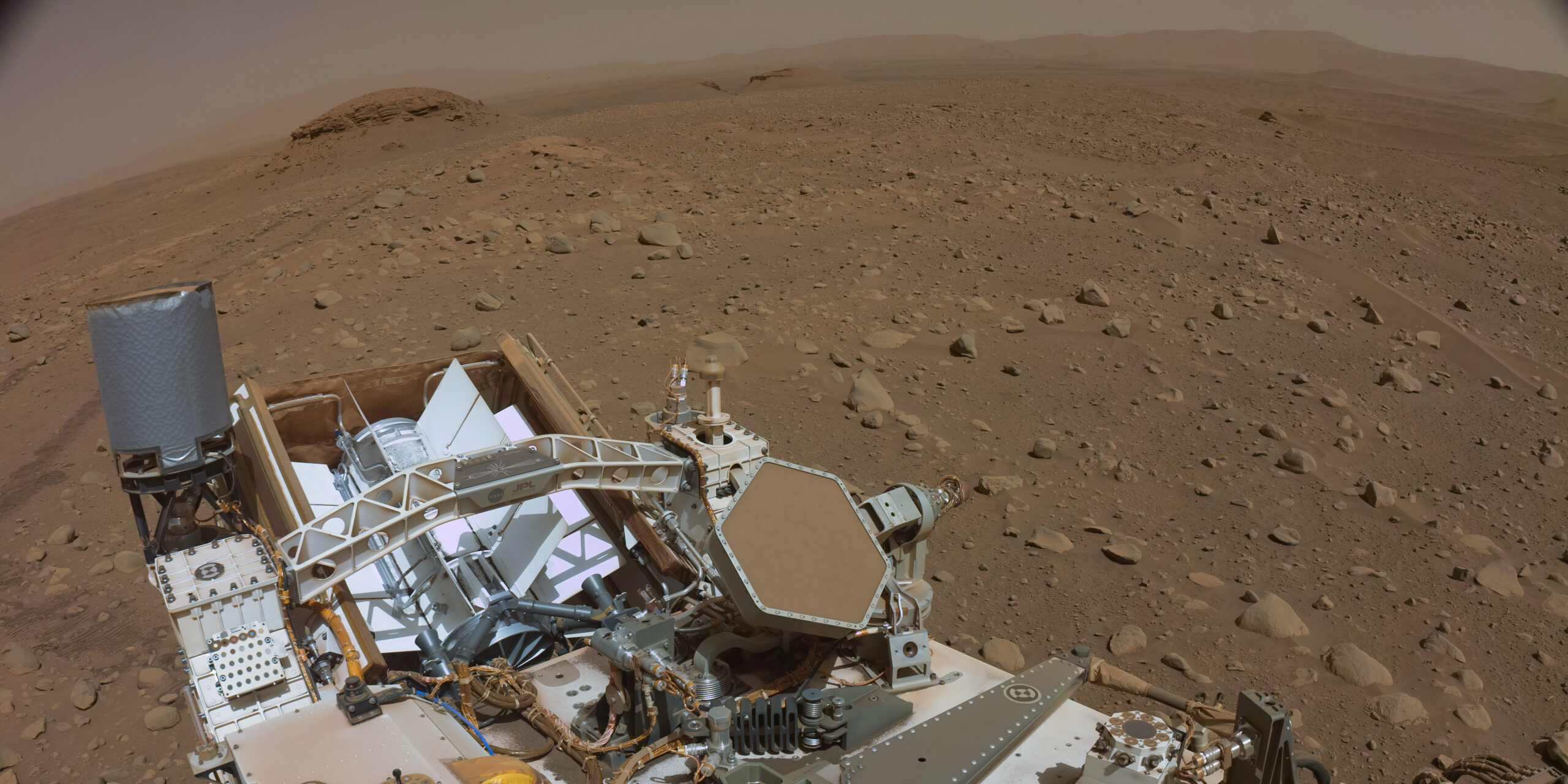NASA Rover Finds Possible Sign of Life on Mars.
 PULSE POINTS
PULSE POINTS❓WHAT HAPPENED: Scientists studying Mars have identified minerals in rock formations that could indicate microbial life, although non-biological explanations are also possible.
👤WHO WAS INVOLVED: NASA’s Perseverance rover team, led by project scientist Katie Stack Morgan, and researchers at NASA’s Jet Propulsion Laboratory.
Newsletter Need to Know.Your free, daily feed from The National Pulse.
Thank You!You are now subscribed to our newsletter.
📍WHEN & WHERE: Data collected since February 2021 at Jezero Crater on Mars, with possible signs of organic life discovered last year, and findings published recently in a peer-reviewed study.
💬KEY QUOTE: “Astrobiological claims, particularly those related to the potential discovery of past extraterrestrial life, require extraordinary evidence.” – Katie Stack Morgan
🎯IMPACT: The findings suggest Mars may have been habitable later in its history than previously thought, and older rocks might hold harder-to-detect signs of life.
The combination of minerals found in rocks on Mars could be a potential indicator of microbial life. These minerals appear to have formed through electron-transfer reactions between sediment and organic matter, a process that microbes could use to produce energy for growth. However, the minerals can also form through non-biological processes, such as high temperatures, acidic conditions, or organic compound binding.
The discovery is particularly notable because it involves some of the youngest sedimentary rocks studied during the mission. This challenges earlier assumptions that evidence of ancient life would only be found in older formations. It also suggests that Mars may have been habitable for a longer period or later in its history than previously believed.
“Astrobiological claims, particularly those related to the potential discovery of past extraterrestrial life, require extraordinary evidence,” said Katie Stack Morgan, Perseverance’s project scientist at the National Aeronautics and Space Administration’s (NASA) Jet Propulsion Laboratory (JPL). She emphasized the importance of peer-reviewed publication to validate findings.
The scientific community utilizes tools like the CoLD scale and Standards of Evidence to evaluate potential signs of life. These frameworks help determine the level of confidence in data suggesting extraterrestrial life, improving the rigor of such claims.
Since landing at Jezero Crater in February 2021, the Perseverance rover has collected 27 rock cores. The rover is equipped with advanced instruments, including a weather station and swatches of spacesuit material for future human mission studies. NASA JPL, managed by Caltech, oversees the rover’s operations as part of NASA’s Mars Exploration Program.
Join Pulse+ to comment below, and receive exclusive e-mail analyses.